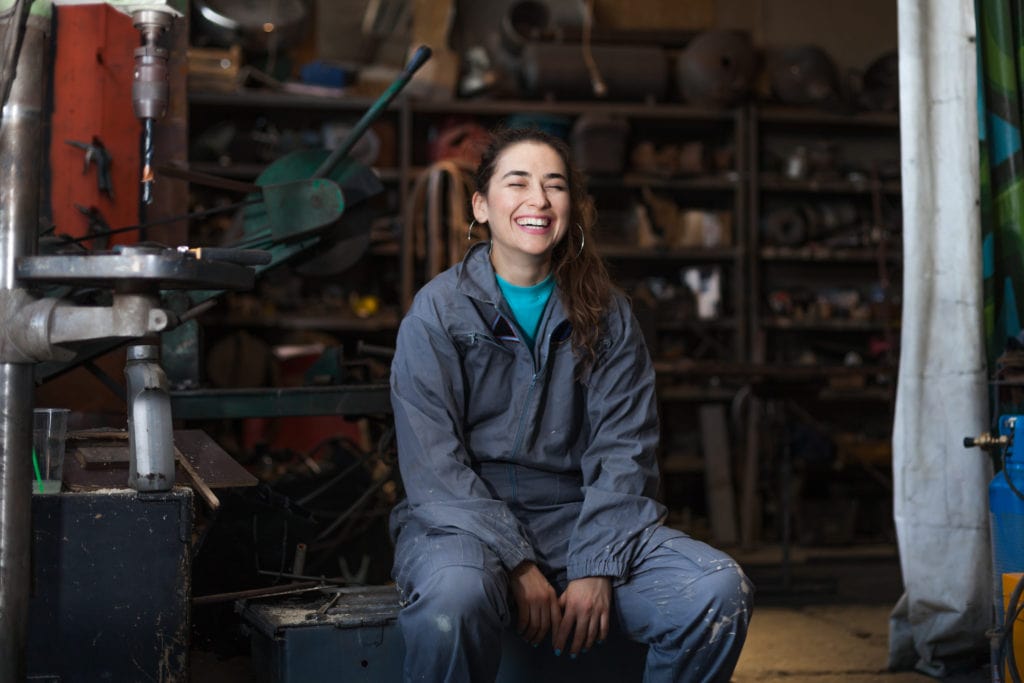While you might be more familiar with the badges that go on sashes and vests, badging has a newish contemporary in education: the digital badge.
You may already know about digital badges, but not as they apply to school. Walk 10,000 steps with a FitBit and earn a digital star. Take a massive open online course (MOOC), get digital recognition. Qualify in Google Analytics. Participate in a hackathon at work and earn a badge. You get the idea.
What exactly are digital badges? Think of them as pins on that literal scouting sash, only they apply across all disciplines and they exist in the online space. They’re digital symbols of competency in a skill, qualification, or interest.
Students can earn digital badges in a variety of learning spaces like traditional classrooms, online programs, after-school and summer programs, places of employment, and higher education. Once a student earns a digital badge it stays with them for life. The digital image is available to share on websites, blogs, job and college applications, and resumes.
A Brief History
The concept began in 2010 at a conference in Barcelona, Spain, held by Mozilla Firefox’s sole shareholder, the Mozilla Foundation. In 2011, Mozilla began working with the MacArthur Foundation to develop an innovative badging system. In 2012, they released the Public Beta of Open Badges. 2013 saw the full release of Open Badges 1.0, followed by the first Chicago Summer of Learning for youth. Their goal? To develop a way to recognize learning outside of formal education and online. Open Badges was born.
Later in 2013, the Clinton Global Initiative expanded Open Badges as a new method for academic and technical skills assessment, with the goal of using them as a way to improve the lives of two million students. By 2014, they expanded their goal of reaching 10 million students.
By 2015, companies like IBM, Pearson, and Microsoft adopted Open Badges. With support from the Badge Alliance, these corporations have collaborated with cross-sector groups to create badges for higher education, digital and web literacies, educators, the workforce, and citywide systems.
Today, hundreds of thousands of people have earned Mozilla Open Badges. With the rollout of the Mozilla Backpack, individuals have thousands of options from which to choose. Companies and organizations that want to award badges can issue any kind of badge they’d like through the system.
Open Badges are used widely across a variety of sectors — including education — and recognize accredited and non-accredited learning in a variety of settings.
Badging in Education
The idea has as much appeal in the industry as it does in education. Advocates claim that digital badges act as bridges between traditional school learning and soft skills like leadership and collaboration. They say that badges could offer a clearer picture of a student’s interests and skills than the traditional standardized test or a letter grade.
In 2011, the MacArthur Foundation, in conjunction with the Mozilla Foundation, invited individuals and organizations to compete to create badges for the Badges for Lifelong Learning Competition. The winners developed badging systems not just for content and competencies but for teacher learning and feedback, too.
Benefits of Badging for PK-12 Students
Badging gives students a sense of agency in their learning. The Nellie Mae Education Foundation, which has invested significant resources in studying the benefits of badging in education, finds that badging encourages students to pursue interests and skills that they enjoy — and gives classroom teachers an edge in helping them. They also find that badging strengthens teacher assessment, if done correctly, and gives teachers a way to formally recognize skills that may not fit neatly into curricular frameworks. Some of these skills, like leadership and management, are necessary for the workplace but don’t always compute in the classroom. Enter the digital badge!
Students experience autonomy in their learning. Teachers learn more about what interests students and develop strong, positive relationships. They can drive their instruction with more data on their students. Students feel a sense of accomplishment that they can take with them for the rest of their lives. Sounds good, right?
Badging in Action
VLACS will roll out a badging and industry-recognized certification program starting late winter 2019. Its purpose? To offer career exploration opportunities, recognize student achievement, show student growth, offer incentives, and otherwise give students the opportunity to explore a field that may be new to them, or have high interest.
What can students do after they earn badges? They can continue their study by taking additional courses or by working towards an industry-recognized certificate in fields like medical assisting, cyber security, marketing, and entrepreneurship. They could also opt to take college-level courses, pursue work-study experience, select another badge, move onto advanced classes, or view the badge as an endpoint for that set of competencies.
Ready to start earning badges at VLACS? Visit our learning catalog, or follow the steps outlined in our next blog post.



